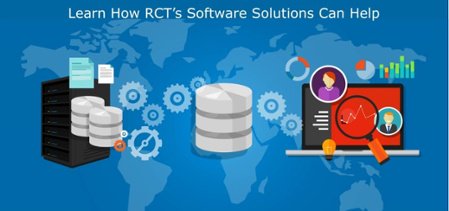A special thank you to Chuck Easterly of SAIF for allowing us to reference SAIF’s approach to safety culture and the Ansbro Safety Culture Spectrum. SAIF is a state-chartered workers’ compensation insurance company based in Oregon.
Education is a key driving force for the implementation of an effective safety culture in any workplace. Often, insurance carriers and their associated safety services teams have a plethora of very comprehensive safety libraries, chalked full of important information. These resource libraries consist of everything from training material and general safety information to very technical documentation that is applicable to only a select few clients. Generally speaking, this information is quite helpful. Unfortunately however, an issue that arises from the breadth of these safety libraries is that the individual resource or policy can become trivial amongst the massive amount of material available.
Additionally, it is daunting to reflect on the sheer number of safety warnings and signs we encounter on a daily basis outside of our work lives. Coffee cups have warnings that drinks are hot, gas stations have no smoking signs, and almost every cleaning product you own warns users that the product is poisonous, flammable, explosive, corrosive, or all of the above. In most cases the dangers involved are not equal, and it is no surprise that when constantly bombarded by these warnings, many of us begin to block them from our consciousness and even trivialize the dangers involved.
So how can we cut through the noise? How can we ensure that safety messaging, and the gravity of safety messaging gets across to employers/employees? For this, let’s turn to an expert.
Chuck Easterly is the Director for SAIF’s Safe and Healthy Workplace Center. SAIF is Oregon's not-for-profit workers' compensation insurance company, and strives to make Oregon the safest and healthiest place to work. Prior to joining SAIF in 2002, Chuck spent 25 years with The Disneyland Resort® in Anaheim, CA, and two years with EBI Companies/Royal & Sun Alliance Insurance Group in Portland, OR.
During the 2017 Loss Control Summit, Chuck delivered an engaging presentation outlining how SAIF’s team works to build stronger safety cultures at their policyholder’s workplaces. Safety culture needs to be actively managed, and SAIF utilizes the Ansbro Safety Culture Spectrum to guide their efforts throughout this process. The model examines six areas and provides short statements that describe an organization’s position on a scale from “reactive” to “comprehensive.” The six evaluation areas are listed below, of which the top three are SAIF’s primary focus because these are the foundational elements that create and drive the remaining three areas:
- Leadership
- Accountability
- Employee involvement
- Risk assessment
- Programs, procedures, policies, and training
- Materials, equipment, budget and environment
There are several reasons we love SAIF’s use of the Ansbro Safety Culture Spectrum, particularly in the context of safety trivialization. First, from a general standpoint, SAIF is concentrating on building a culture of safety. This approach emphasizes a sustainable system for injury and illness prevention that is much more effective than simply focusing on individual resources or training programs. For some more specific examples, let’s look at the three primary focus areas of the spectrum and some of the characteristics that indicate an organization in the comprehensive classification.
Leadership
- Upholds mutual respect, trust, and open communication
- Mutual respect and a shared desire for success leads to open communication and trust between management and employees. Effective leaders consider the impact on employees when making operational decisions and communicate the “why” behind various safety policies and practices, ensuring they are understood and not trivialized by employees
- Values safety as a deeply ingrained habit
- In cases where employees may have reservations regarding a particular policy or resource, a deeply ingrained habit of safety will increase the probability that an employee makes the safer decision regardless of their reservations
Accountability
- Promotes peer-to-peer coaching and observation in individuals and teams
- This helps employees feel accountable to not only management, who may not always be present, but also to peers they see on a regular basis. In a comprehensive safety culture, employees not only feel responsible for their own safety, but they also feel responsible for the safety of others. This requires a mutual respect and trust between peers who agree to look out for one another. Furthermore, this diversifies the source of knowledge and coaching to reduce the likelihood of omissions or overlooked policies
Employee Involvement
- Takes an active role in workplace improvement
- Providing employees with a role in improvement will help ensure engagement, and that policies are developed and enforced in a manner that resonates with employees
- Measures employee perceptions
- It is imperative to understand employee perceptions, as only having a policy in place does not necessarily mean employees are behind it. Identifying gaps allows management to strategically focus their efforts, whether it be through new training, reconstructing policies, or simply holding an open discussion
The trivialization of safety is a prevalent issue in our modern world, and undoubtedly an issue that is difficult to navigate and contend with. However, we are confident that focusing efforts on fostering a culture of safety is one of the most effective ways to do so.


